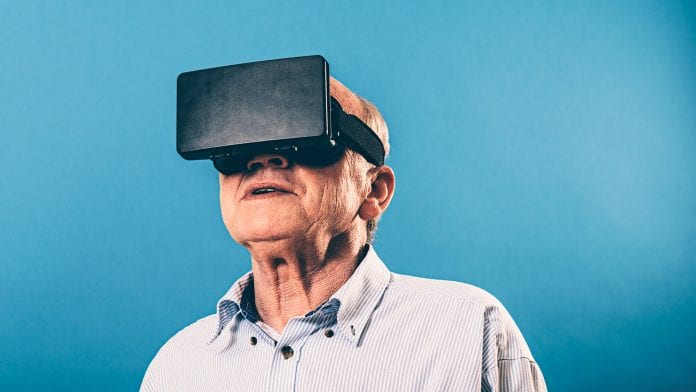
A new study has developed a novel, wearable rehabilitation device that uses virtual reality to increase brain connectivity.
The study, carried out at one of the Research Centers supported by FAPESP, has resulted in the development of the virtual reality (VR) device and has been recognised as ‘outstanding’ by the 20th International Conference on Computational Science and its Applications.
Today, many rehabilitation programmes incorporate VR as a complement to conventional motor therapy for stroke patients and individuals with neurodegenerative diseases, as immersion in virtual environments stimulates several sensory systems and intensifies central nervous system information input and output. This new device – called Biomechanics Sensor Node (BSN) – captures user data and controls virtual environments. A new software solution has also come out of the study, which integrates the BSN with Unity Editor, one of the most widely used game engines and virtual world-building programmes.
VR for rehabilitation
The BSN consists of an inertial sensor that is placed on the user’s ankle, detects motion relative to stationary gait, and tracks the body in the three planes of movement. The signals generated are processed and transmitted to a smartphone, which is used to control an avatar that interacts with the virtual environment.
Alexandre Brandão, a researcher at the University of Campinas’s Physics Institute (IFGW-UNICAMP), told Agência FAPESP, the lead author of the paper, said: “The technology is expected to increase brain connectivity by stimulating the new neural connections needed to repair the losses caused by injury or by the patient’s clinical condition.
“Integration of the wearable with the Unity software means patients undergoing motor rehabilitation can interact with VR environments while the therapist views data for the movements performed during the session. The patient’s actual movements may be very limited or small, but in the virtual context the captured and processed data generates complete movements by the avatar.”
He added: “The visual information gives patients the impression they’re able to perform these complete movements, and this can potentially activate more neural networks than conventional mechanical therapy.”
It has been shown in functional magnetic resonance imaging (fMRI) scans that the procedure activates specific brain regions associated with these fictitious movements. The researchers say the next step entails performing clinical tests to measure the functional gains in the patient’s motor recovery, with an expected development to have the avatar engage in everyday activities, practice sports, or interact with other people in a multi-user virtual environment.







